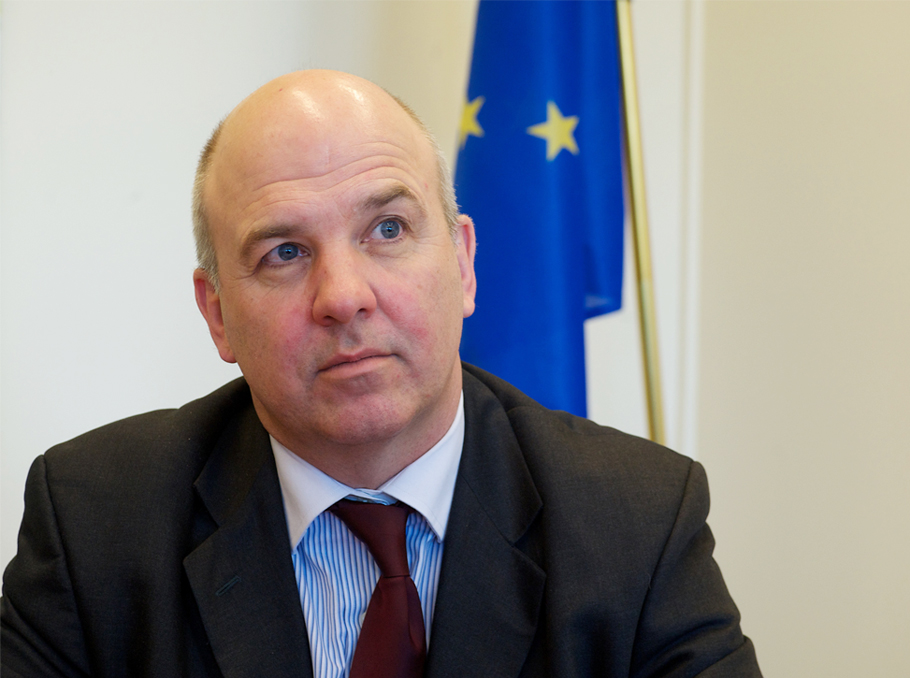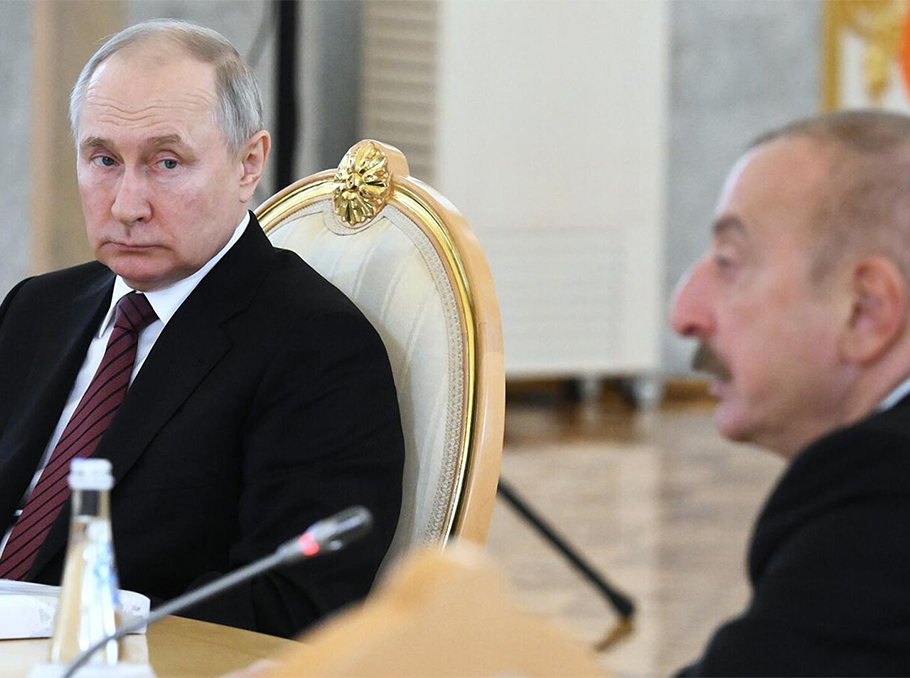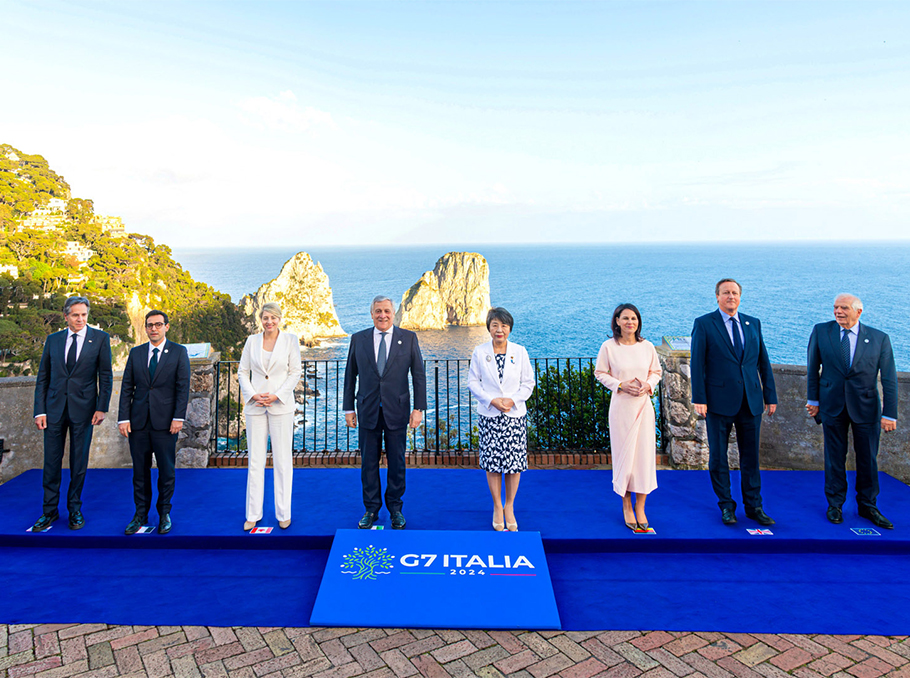Yerevan/Mediamax/. Council of Europe Commissioner for Human Rights Nils Muiznieks published an article "Armenian-Turkish Reconnections and Human Rights” on the official web-site of Council of Europe.
We present passages from Nils Muiznieks’ article:
History continues to divide Armenian and Turkish officialdom, but there are many civil society, cultural and academic initiatives aiming to reconnect the two societies. April 24 marks the centennial of the beginning of the mass killings, deportations and dispossession of Armenians in the Ottoman Empire in 1915, which resulted in the near-total elimination of Armenians from Anatolia. These massive human rights violations and their painful legacy left a major rift between two societies, which has crystallised around the issue of their political and legal designation as genocide. However, it is heartening to see that today many people are seeking to overcome this difficult legacy and to promote mutual understanding, reconciliation and the reconstruction of a shared history, demonstrating a true human rights ethos.
Discussion in Turkey of what was sometimes euphemistically called the “1915 Events” was long taboo or even subject to criminal prosecution under the offense of “insulting Turkishness”. In recent years, prosecutions under this article have become more infrequent and a space for discussion has emerged. This space has been created by a number of concurrent developments, particularly increased contacts between Turks and Armenians and domestic Turkish political and cultural esvolution.
The debate within Turkey about the past has evolved considerably. While an academic conference in Istanbul was a watershed in 2005, since then, a plethora of scholarly work about the Armenian legacy in Turkey has been published. A turning point in the Turkish debate appeared to come with the tragic assassination of Turkish-Armenian journalist Hrant Dink in 2007, which led to further calls for a reassessment of the past, more open public discussion and a more compassionate tone of discourse. In a sign of this new tone, intellectuals in Turkey organised a petition campaign in 2008, in which thousands signed an apology to Armenians for the “Great Catastrophe”.
In recent years, a host of civil society initiatives have been implemented, suggesting that people-to-people diplomacy has far outstripped official relations, which remain deadlocked. In early 2014 a consortium of 8 NGOs from Turkey and Armenia launched a programme entitled “Support to the Armenia-Turkey normalisation process” with support from the European Union. These are encouraging steps which, if continued, could form the basis for effectively dealing with a painful past and addressing the legacy of 1915.
The deportation and massacre of Armenians by the Ottoman authorities was a massive violation of human rights. The first rule of international human rights might be summarised as “no impunity for perpetrators.” However, since the tragedy took place 100 years ago, the perpetrators are no longer among the living and cannot be held to account. One indicator of progress in dealing with the past in Turkey will be the evolution of the official stance towards these past human rights violations. By official stance, I mean not only political statements by Turkey’s leaders, but also the institutional stance as reflected notably in officially approved school history textbooks, state-funded museum exhibitions and other cultural output. Are perpetrators condemned and crimes acknowledged? Or are they ignored, downplayed, justified, or even glorified?
A second element of a human rights approach might be summarised as “address the needs of victims and their families.” While few survivors are still with us after 100 years, many of their descendants also suffered from what happened. A human rights approach foresees various ways to provide redress and reparation to victims of human rights violations. One of these ways is the recognition of the tragedy through commemorative dates, rituals and monuments. There have been instances where property was returned to Armenians in Turkey and some parts of the Armenian cultural heritage in Turkey have been rehabilitated, such as the Surp Giragos church in Diyarbakir and the Surp Khach church on Akdamar Island. The significance of these initiatives, including for Turkish society, should not be underestimated. Recently, the Van municipal council also restored Armenian (and Kurdish) toponyms. However, much more could be done in this area.
In Armenia, the centennial will be marked on April 24 with solemn ceremonies and a major international conference on genocide. Twice during recent visits I paid homage to the victims at the Armenian Genocide Memorial Monument in Yerevan. As the centennial approaches, my thoughts and solidarity are again with the victims and their descendants, but also with the civil society activists, scholars, journalists and artists from both Armenia and Turkey who are seeking to promote mutual understanding and foster an honest reckoning with a heavy historical legacy.


























Comments
Dear visitors, You can place your opinion on the material using your Facebook account. Please, be polite and follow our simple rules: you are not allowed to make off - topic comments, place advertisements, use abusive and filthy language. The editorial staff reserves the right to moderate and delete comments in case of breach of the rules.